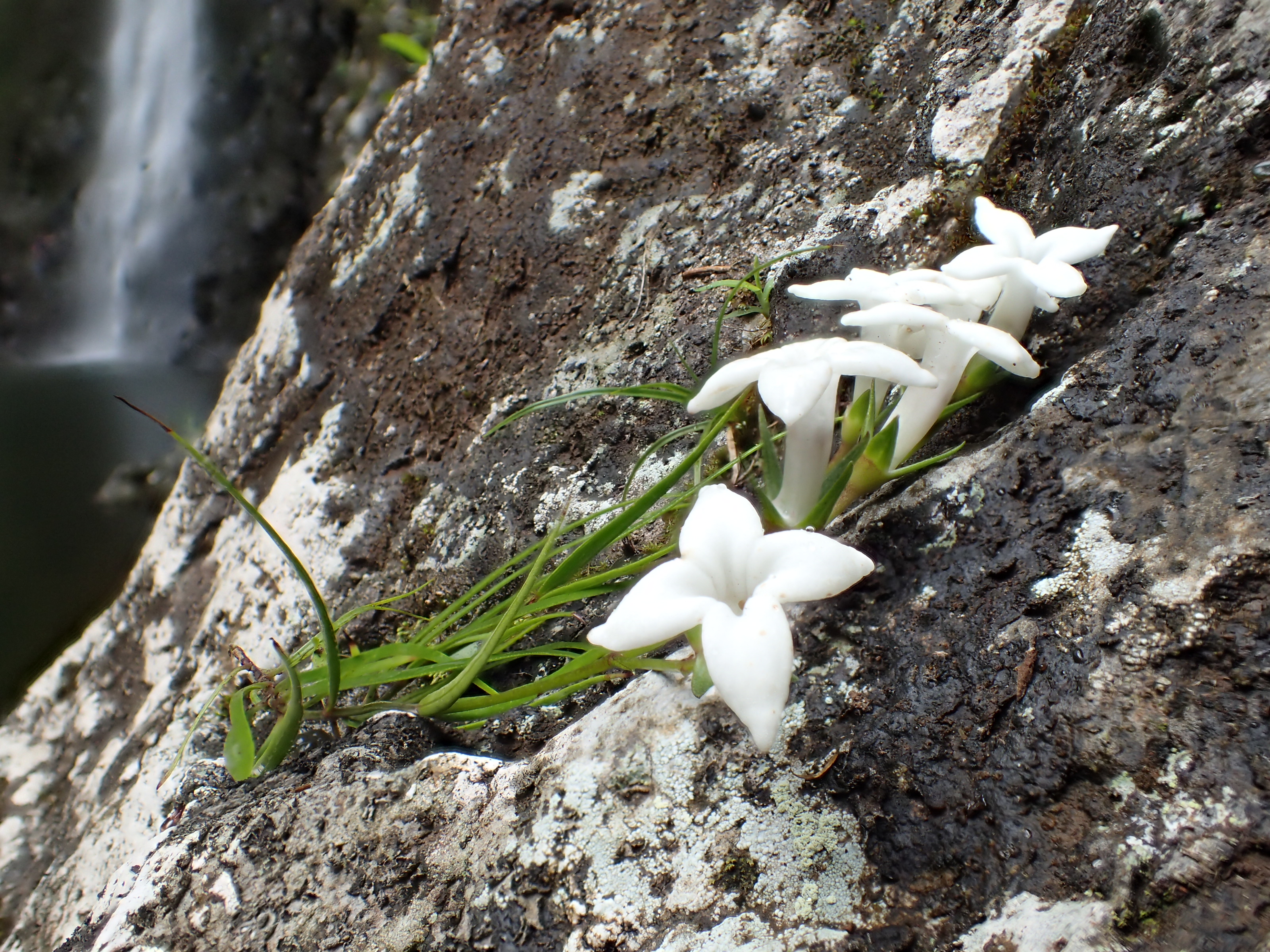The research team will focus on 12 understudied plant groups — including Kadua, Wikstroemia and Psychotria — using new sequencing and modeling techniques to gain a broader idea of how Hawaiian plant diversity originated. The project includes conservation and educational components as well, including collecting new wild specimens for the National Tropical Botanical Garden herbarium.
The Hawaiian islands are some of the most isolated on the planet. Over millions of years, each island in the archipelago was born into the chain through a volcanic hotspot. The islands were then slowly ferried to the northwest by tectonic drift, much like a conveyor belt, creating a stepping-stone pattern across the Pacific Ocean.
These geographical features are believed to be the reason Hawaii is home to thousands of species found nowhere else.
“We will make use of newer statistical and computational methods that my group develops,” Landis said. “This will allow us to estimate how closely species are related to one another, when and where new species originated, and when and how species moved between different islands.”
Landis has experience working out the histories of Hawaiian plants this way. In a 2018 paper in the journal Evolution, Landis and collaborators reconstructed the ancestral range of the Hawaiian silversword alliance on Kauai, the oldest of the main Hawaiian islands, using the ages of the islands to help date the clade.
Features that are grounded in geography or place — such as inter-island distances or differences in altitude — may influence how rapidly species split into two lineages, go extinct or disperse. The statistical methods Landis will develop for the project bud off of a new framework for modeling lineage diversification that has gained traction in the past decade.
“The Hawaiian flora is perfect to showcase how these models can produce new insights into how biodiversity is generated, maintained and lost,” Landis said.
Read more on the Washington University in St. Louis Department of Biology website.


